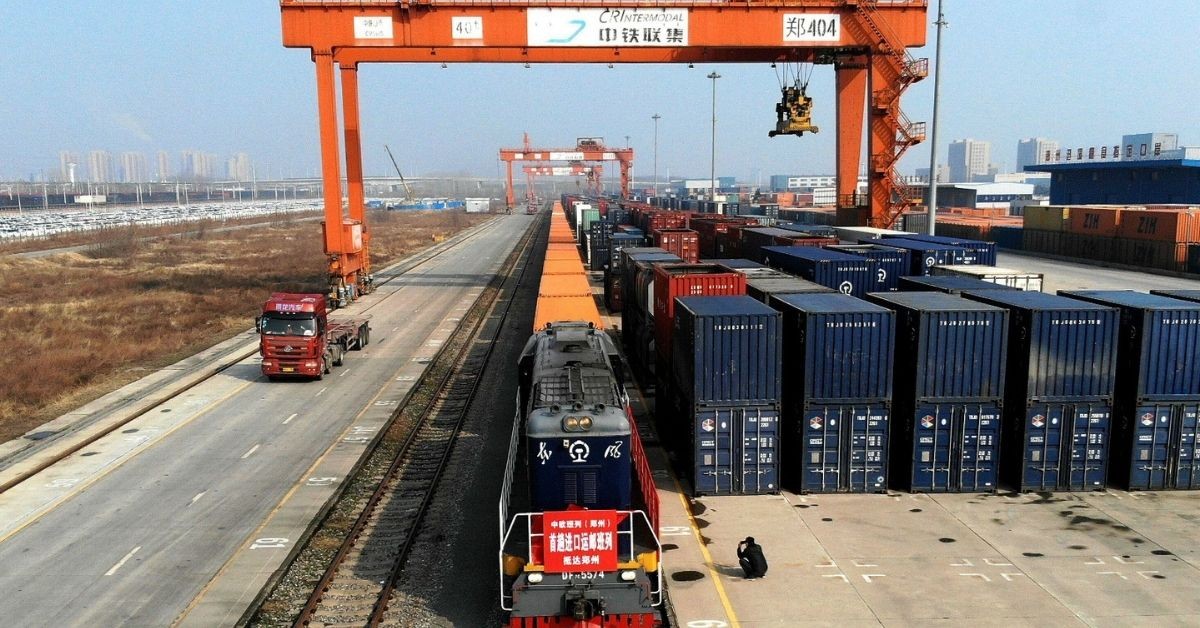More than 2,000 freight trains ran from China to Europe in the first two months of this year, double the rate a year earlier when the coronavirus first hit. Over the whole of 2020, the total number of train journeys rose 50 per cent, according to official data reported in state media — and is up sevenfold since 2016. But pressure on transit times at sea and container shortages have made land exports over Russia and central Asia an attractive alternative, according to businesses and agencies.
Even though the China-Europe express continues to increase capacity, it is still not enough Rail freight remains a small fraction of total volumes. Yangshan port near Shanghai alone processed nearly 2m twenty-foot containers in January, compared with 209,000 containers in total over January and February by rail.
In 2020, China overtook the US to become the EU’s largest trading partner in terms of goods, according to Eurostat data, with total imports from China rising 6 per cent to €384bn ($454bn). But the recent jump in land transport from east to west comes against a backdrop of severe disruptions to container ships, one of which this week blocked the Suez Canal after running aground.
“Our main clients in Europe, such as France and Germany, complained that transportation efficiency is too low [and] that they might reconsider other exporters,” she said. “Now we mainly depend on the China-Europe express to deliver our goods.” Nina Fang, a salesperson at an exercise equipment company in Yiwu, said her business usually exports by sea. But prices had “skyrocketed” since the middle of last year and the transportation time had doubled, leading her to switch to rail.
Video: How coronavirus is changing global shipping routes It has also been unexpectedly facilitated by the Belt and Road Initiative. Beijing’s international infrastructure strategy emphasised the symbolism of “steel camels” and encouraged Chinese provinces to subsidise the cost of cross-border rail transport.
Provinces have recently invested in transport specifically for items in high demand during lockdowns. In February, a train in Jiangxi province was loaded with 50 carriages of washing machines and other appliances and sent on a 15-day journey to Moscow. “When Belt and Road was launched [in 2013], a lot of the conversation was around rail,” said Agatha Kratz, an analyst at Rhodium Group, who pointed to the “PR” of train transport. “The only reason they were running was because of the huge subsidies from municipalities,” she added. China Railway Express, the state-backed company, had by 2017 added freight routes to cities such as Madrid and London, though they typically relied on existing lines.
Source : Bollyinside








